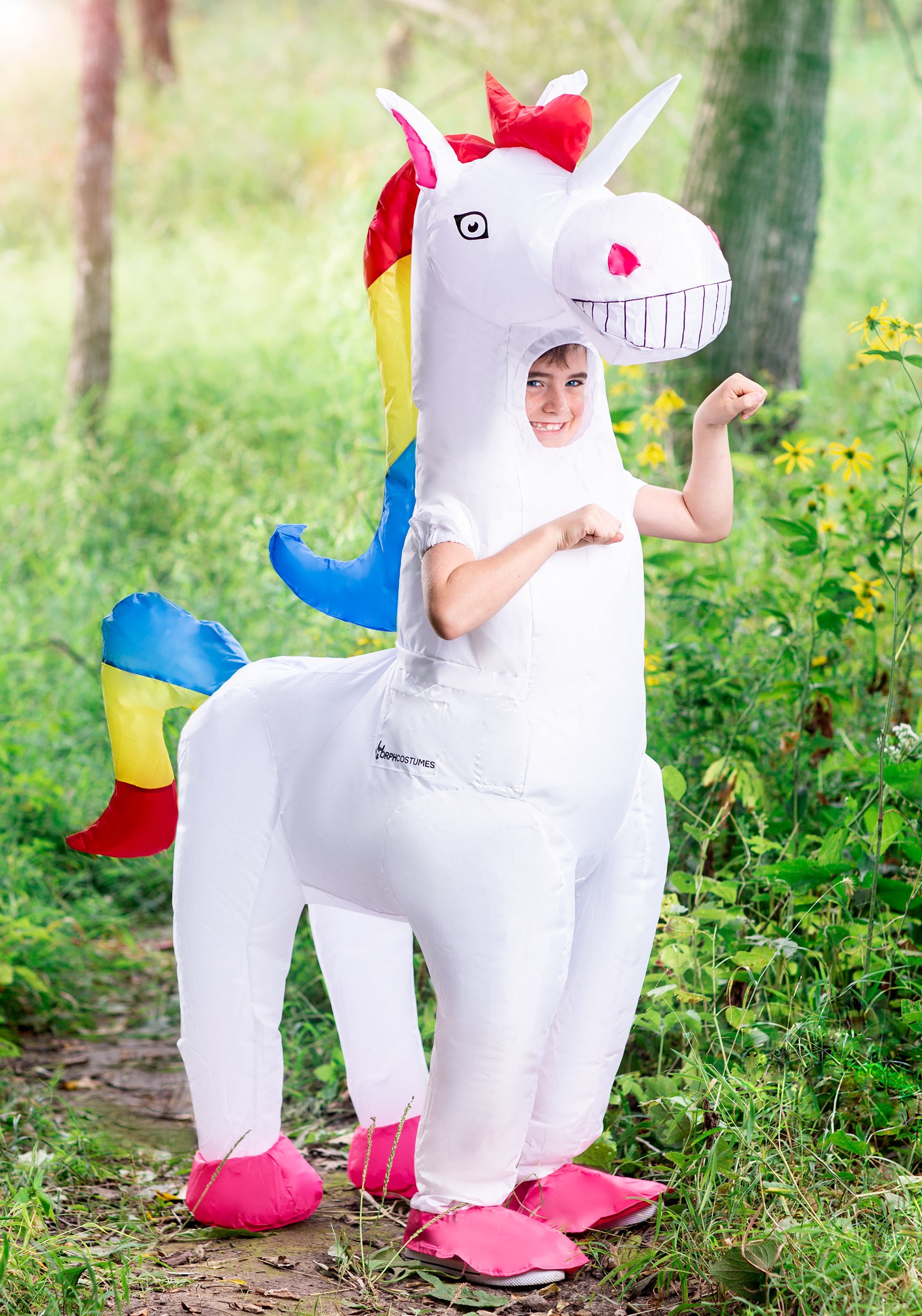
Amazon.com: Disfraz inflable de unicornio Margical Pony Ride para niños (de 5 a 11 años) : Ropa, Zapatos y Joyería

Amazon.com: Spooktacular Creations - Disfraz inflable de unicornio para montar, disfraz de Halloween de lujo, talla para adulto, Adulto, Azul : Ropa, Zapatos y Joyería

Amazon.com: Disfraz inflable de unicornio Margical Pony Ride para niños (de 5 a 11 años) : Ropa, Zapatos y Joyería

Amazon.com: Disfraz inflable de unicornio Margical Pony Ride para niños (de 5 a 11 años) : Ropa, Zapatos y Joyería

Amazon.com: Spooktacular Creations - Disfraz inflable de unicornio para montar, disfraz de Halloween de lujo, talla para adulto, Adulto, Azul : Ropa, Zapatos y Joyería

Amazon.com: Spooktacular Creations - Disfraz inflable de unicornio para montar, disfraz de Halloween de lujo, talla para adulto, Adulto, Azul : Ropa, Zapatos y Joyería

Amazon.com: Spooktacular Creations - Disfraz inflable de unicornio para montar, disfraz de Halloween de lujo, talla para adulto, Adulto, Azul : Ropa, Zapatos y Joyería

















